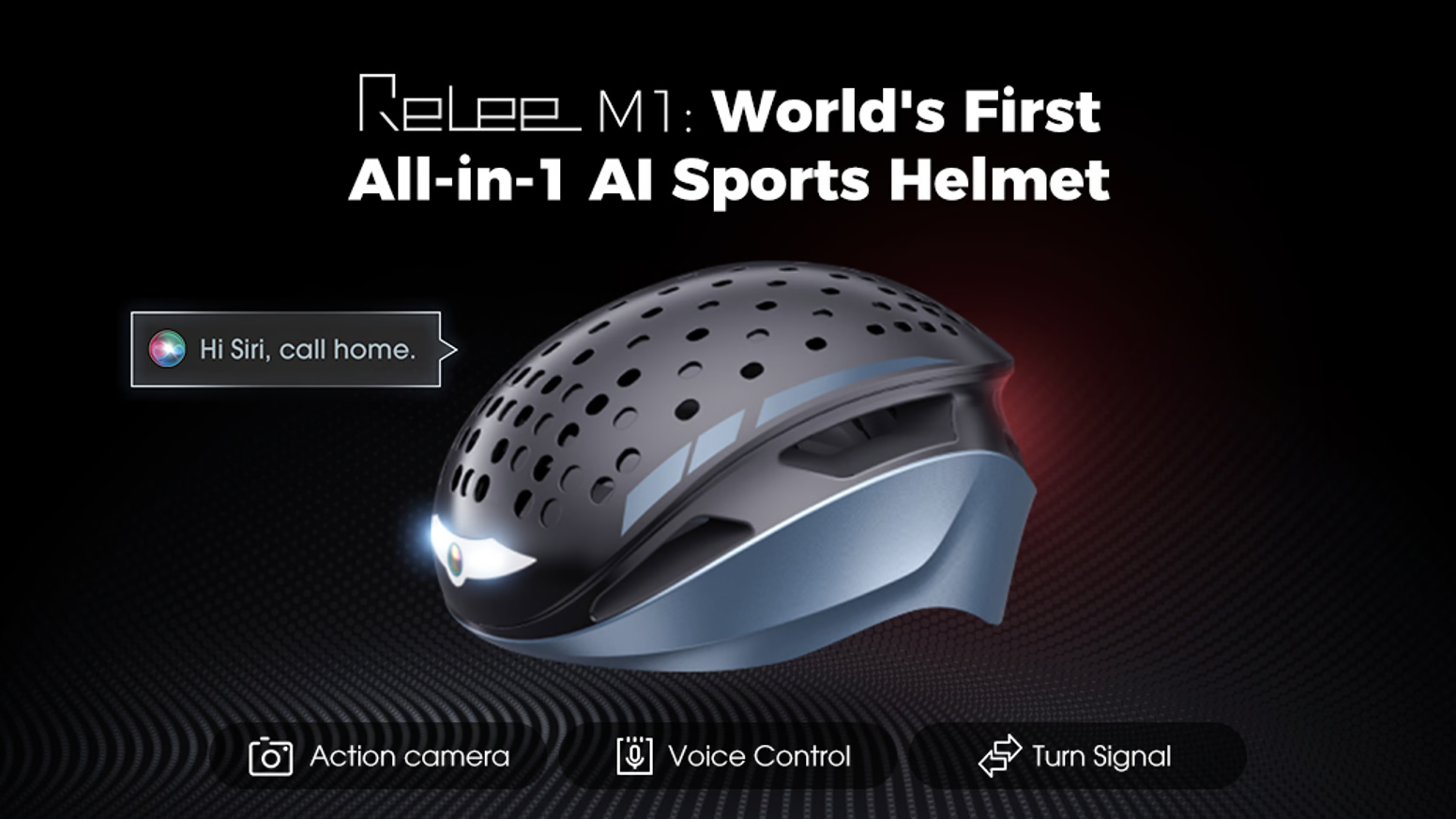Summary:
Helmet technology has made massive strides in recent years, and the latest innovations are significantly improving safety, comfort, and performance in cycling, skiing, and skateboarding. With the advent of AI-driven design, augmented reality, and smart helmets, manufacturers are constantly pushing the envelope to ensure athletes are better protected than ever before.
One of the most significant developments is the inclusion of MIPS (Multi-directional Impact Protection System), which helps reduce rotational forces during a crash, minimizing the risk of brain injury. MIPS is now a standard in many high-performance helmets for cycling, skiing, and skating, with brands like Giro, Bell, and Smith incorporating this technology across their product lines.
Additionally, helmet manufacturers are integrating AI technology to create more customized and safer helmets. AI algorithms analyze crash data and head shape to optimize helmet fit, comfort, and impact resistance. This data-driven approach is making it possible to create helmets that offer personalized protection, catering specifically to individual needs.
Another exciting innovation is augmented reality (AR) integration. While still in the early stages, some cycling helmets are being designed to incorporate AR displays that show real-time data, such as speed, heart rate, or route navigation, directly within the rider’s line of sight. This technology enhances the user experience by keeping athletes connected without distracting them from their sport.
On the concussion front, helmets are now equipped with advanced impact sensors that track head collisions in real-time. These sensors not only provide immediate alerts to emergency contacts but also sync with apps to help athletes monitor their recovery after a hit, ensuring they don’t return to activity too soon.
Manufacturers are also focusing on sustainability, using bio-based foams and recycled materials in helmet production. This shift towards eco-friendly materials is a response to the growing consumer demand for sustainable products and is helping to reduce the environmental footprint of helmet production.
Finally, adaptive fit systems are transforming the way helmets are worn. These systems automatically adjust to provide a more personalized and secure fit, ensuring optimal comfort and safety. Helmets equipped with self-adjusting straps or micro-motor systems are becoming increasingly common in high-end models, making them more comfortable for athletes during long periods of use.
Why It Matters:
With advancements in AI, AR, concussion detection, and sustainable materials, the future of helmet technology looks brighter than ever. These innovations are setting new standards for safety, comfort, and performance across bike, ski, and skate helmets. Whether you’re a competitive athlete or a recreational rider, these cutting-edge features ensure you’re equipped with the best protection available.
As helmet technology evolves, athletes can feel more confident in their gear, knowing that each new model offers smarter, safer, and more efficient protection. The future of sports helmets is not just about protection—it’s about personalization, connectivity, and sustainability.



